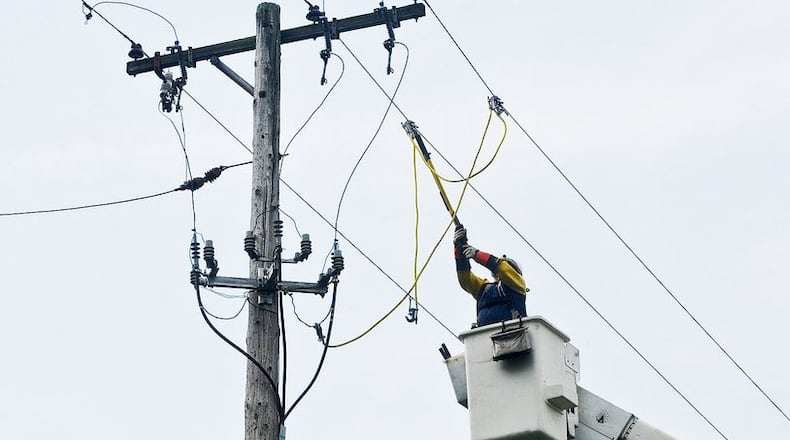Both Vandalia and Trotwood, during council sessions held Tuesday, approved resolutions to give voters the final say at the polls this November.
“The city of Trotwood wants to provide its residents an opportunity to lower their electric and gas rate through government aggregation, which is an easy, effective way for a large group of consumers to gain group buying power for the purchase of competitively priced electric and natural gas,” Trotwood City Manager Quincy Pope said.
Pope noted that even if the aggregation programs are approved by voters, residents will always have the choice of whether to participate or opt-out.
“Voting for aggregation does not mean you have to participate. If you already have chosen an alternate supplier and aggregation of electric and gas is approved by the voters, you can stay with your chosen supplier,” he said.
Vandalia City Manager Dan Wendt has said he supports giving voters the opportunity to weigh in on the proposed programs, but raised the question of how much government input is too much.
“I always ask myself how much government do we want and does the local government, which does not provide gas or electric as a utility, have a place negotiating on behalf of residents?” he said last week.
Wendt noted that residents already have the option to select an aggregation program directly through Energy Choice Ohio, adding that the city’s proposed opt-out program would provide a benefit to those who may not otherwise attempt to negotiate a better rate than what they were automatically enrolled in through their energy provider.
The price of electricity has risen nationwide, and inflation, natural gas cost increases, supply chain problems and other issues — like growing post-pandemic demand for power — are complicating factors, officials have said.
As of June 1, AES Ohio’s price became 10.91 cents per kilowatt-hour (kWh), up from its “standard offer” price of 4.805 cents. A kilowatt-hour is how much energy you need to run a 1,000-watt appliance for an hour. A 100-watt bulb takes 10 hours to use a kilowatt-hour of energy. A 2,000-watt appliance takes 30 minutes.
About the Author

